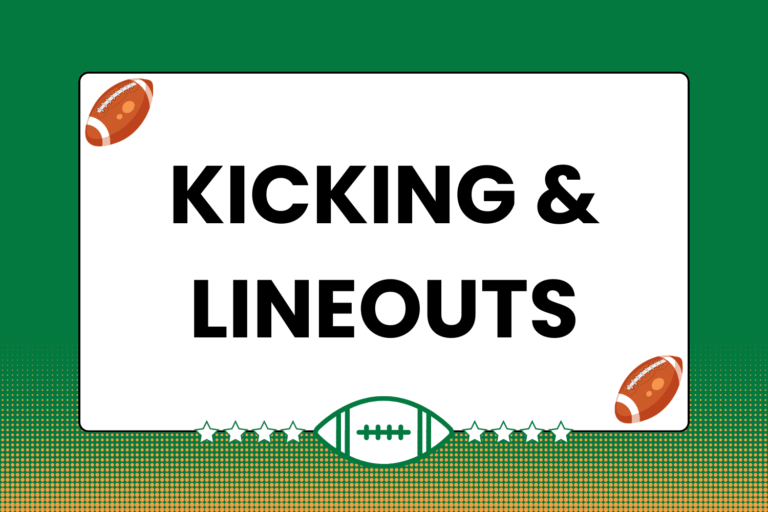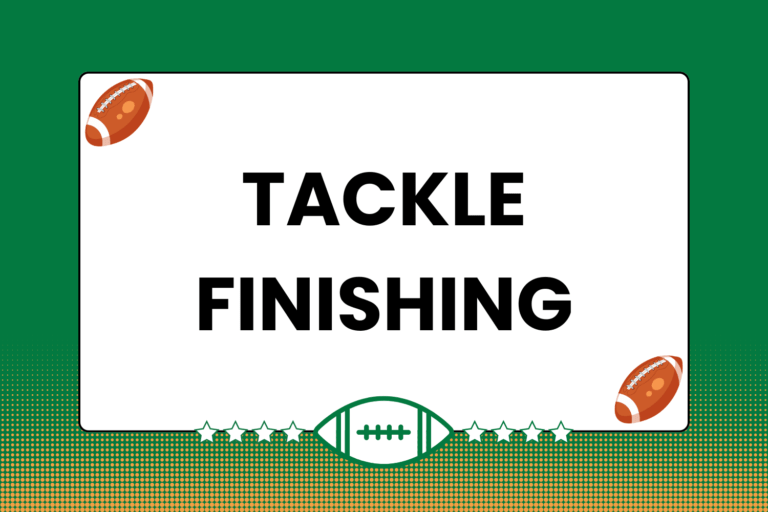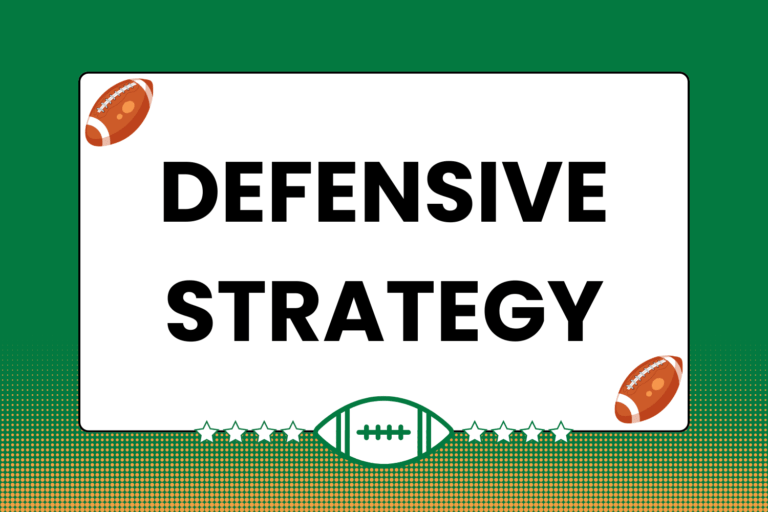It’s widely known and accepted that rugby’s a very physical game. The ability (and willingness) to both give and take various forms of punishing physical contact is an important attribute for players to have.
However, it’s by no means the most important, especially for newer or younger players. Abilities like passing techniques, and knowing how to correctly run in support, are much more crucial to a young/new player’s development. And few training activities teach these crucial skills better than Touch Rugby.
This guide examines how young and beginning players can benefit from playing touch rugby.
Touch Rugby Explained
Here’s a breakdown of how touch rugby works:
- There are no scrums, nor rucks and mauls, and a “tackle” occurs when an opposing player touches the ball carrier with both hands.
- When tackled, the ball carrier stops moving, places the ball at his feet, and rolls it backwards. One of the tackled player’s teammates will approach and pick the ball up, either running with it or passing it out.
- Possession gets transferred to the other team when a penalty occurs, when a pass is dropped, or when the ball goes out of bounds.
Touch rugby blends the restarting element of League rugby with the continuity element of Union rugby. This combination allows players to experience the two different codes of rugby, as well as get a feel for the game without having to worry about the physicality.
Working the Fundamentals
It’s true that, at some point, physicality-based skills — tackling, being tackled, rucking — will have a prominent role in the game. However, when first learning about rugby, nothing’s more important than learning the game’s laws (or rules) and the skills needed to play within them. Here are a few examples of those fundamental laws and skills:
- Backwards passing: Arguably the most important law in the game is that the ball may only be passed backwards. It’s one thing to practice making backwards passes in a drill, and another thing entirely to reproduce it in the midst of a game.
- Running in support: It’s important for the ball carrier to be able to legally and accurately pass the ball. For the other 14 players on the ball carrier’s team, it’s important to know how they should all be arranged on the field.
- Restarting play: During a game, the action briefly pauses when the ball carrier gets tackled. When these pauses occur, both the attacking and defending teams will have to quickly re-arrange themselves before the action resumes — especially with regard to being onside.
- The defensive line: On defense, no skill is more important than the team-wide ability to get into, and stay in, a defensively-sound line across the field.
Remove all of the hitting and contests for possession from rugby, and what you’re left with is a game that basically concentrates on the four characteristics outlined above. Touch rugby teaches young/new players all of these principles simultaneously, and the learning environment is both fun and safe.
Fun Fact:
Many adult teams still include touch rugby in their training repertoire. It works especially well as a warm-up activity.
Simulated Training
Again, at some point players will be introduced to the physical side of rugby. However, the more comfortable players are with the non-physical elements — the elements at the core of touch rugby — the easier it will be for them to quickly combine both halves of the game.





